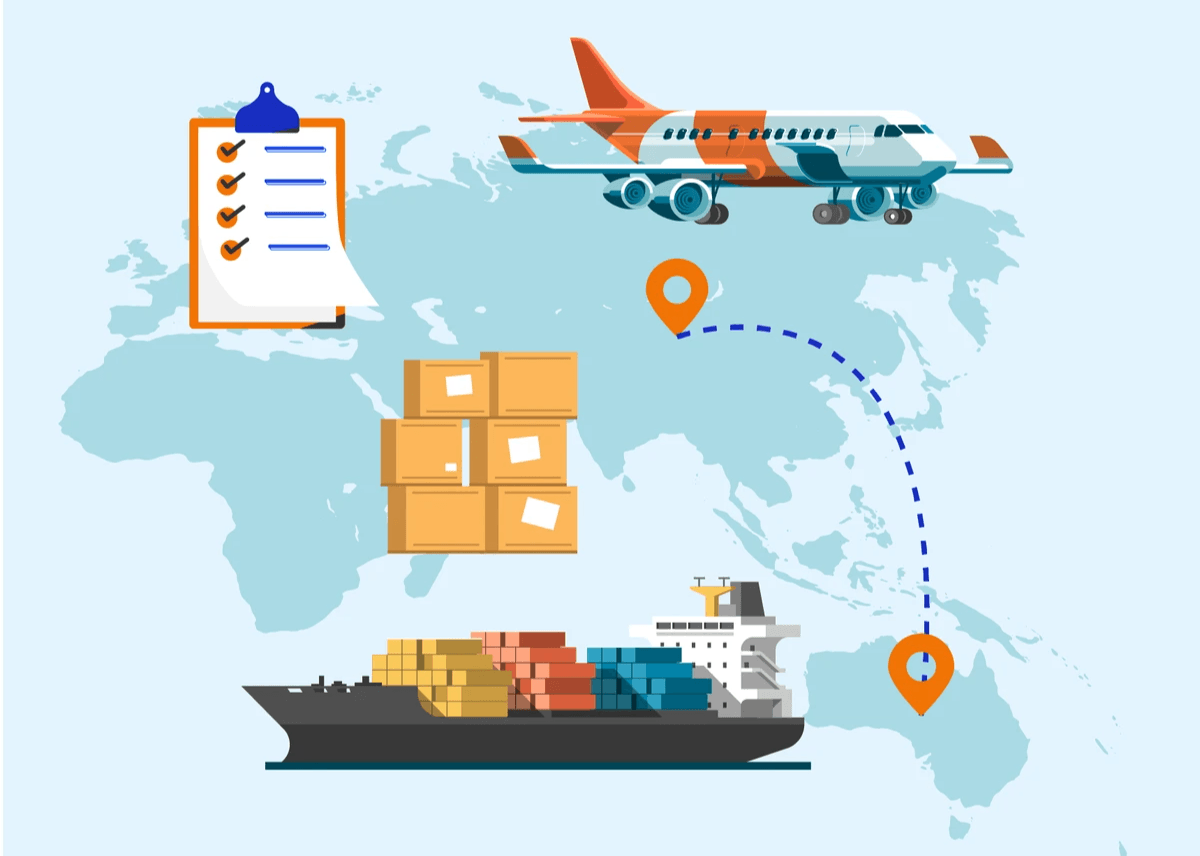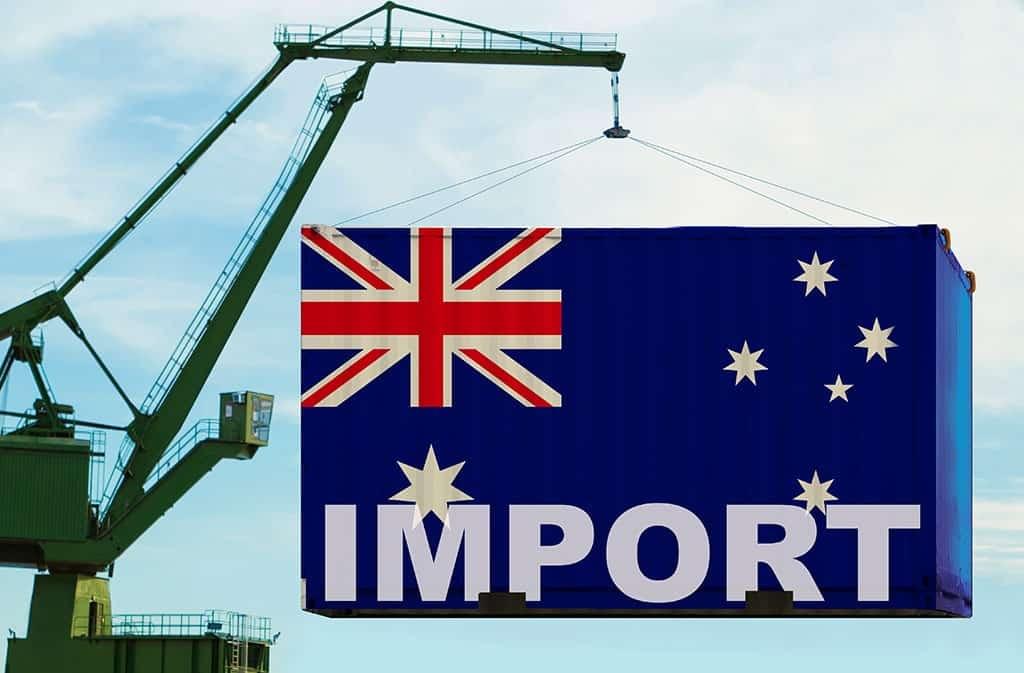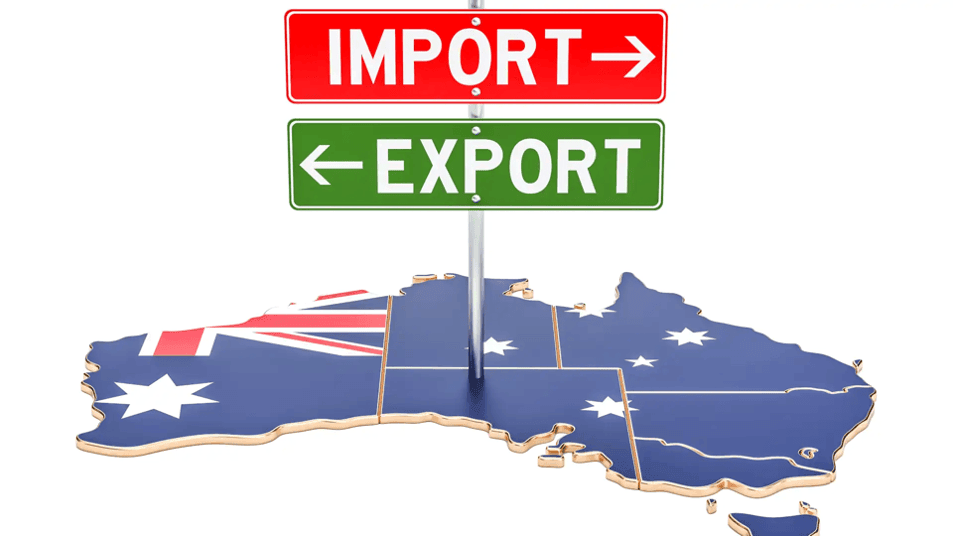Introduction: Your Gateway to Global Business Success (And Bureaucratic Nightmares)
Imagine unlocking a treasure trove of international products that could revolutionize your Australian business, only to discover that the treasure chest is wrapped in red tape, guarded by customs officials with a passion for paperwork, and potentially harboring spiders that the Australian government considers a national security threat.
Welcome to importing in Australia in 2025, where the opportunities are as vast as the Outback and the regulations are as numerous as the kangaroos hopping through it.

Why Importing Matters More Than Ever (Besides Giving You Exotic Stories for Dinner Parties)
The global trade landscape is rapidly evolving, and Australia stands at the forefront of international commerce, largely because it's so far away from everyone else that they've had to get really good at shipping things. With strategic trade agreements and a robust import ecosystem, entrepreneurs have unprecedented opportunities to bring unique products to the Australian market—provided they enjoy filling out forms as a hobby.
Key Considerations for Importing in 2025 (Or: How to Make Customs Officials Your New Best Friends)
1. Navigating the Regulatory Landscape (The Most Exciting Maze You'll Ever Get Lost In)
Customs and Compliance (Because Nothing Says "Fun" Like Government Regulations)
- Updated Threshold: As of 2025, the duty-free import threshold remains at $1,000 AUD. Anything over that and you'll be contributing to the Australian economy whether you planned to or not.
- Digital Declarations: Fully electronic Import Declaration process, because Australia has finally acknowledged that we're no longer in 1995. The good news: no more paper forms! The bad news: you can now make mistakes at the speed of light.
- Quarantine Regulations: Stricter biosecurity measures following recent global health developments. Remember: Australia already has enough things trying to kill its citizens; they don't need your exotic beetles joining the party.
Essential Documentation (Your New Bedtime Reading)
- Comprehensive digital Import Declaration: Think of it as your product's autobiography, but with more code numbers and less interesting plot twists.
- Detailed product classification: Because "it's a thing that does stuff" isn't specific enough for customs officials with advanced degrees in categorization.
- Proof of origin certificates: Yes, your products need a birth certificate. No, "I promise it's from China" written on a Post-it note is not sufficient.
- Compliance documentation for specific product categories: Especially important if your product is edible, touchable, breathable, or exists in physical form.
2. Financial Considerations (Or: Why Your Profit Margins Just Started Crying)
Cost Breakdown (Hold Onto Your Wallet)
- Base product cost: What you thought was the price (how adorable of you)
- International shipping: Because teleportation remains stubbornly unavailable in 2025
- Customs duties: Australia's way of saying "thanks for visiting, please leave some money on the nightstand"
- GST (Goods and Services Tax): The tax that proves Australia believes in equality—equally taxing everything
- Potential quarantine treatment fees: In case your products need their own spa day at the border
- Currency exchange fluctuations: Because importing wasn't already enough like gambling
Pro Tip: Utilize advanced financial tools and blockchain-based payment systems to mitigate currency risks and streamline international transactions. Or just close your eyes and hope for the best—both strategies are surprisingly common.

3. Product Compliance and Standards (Australia's Version of "The Rules Are Made Up and the Points Don't Matter")
Critical Checkpoints (The Hurdles Between You and Entrepreneurial Success)
- Australian Standards certification: Because Australian consumers prefer not to die when using your products (unreasonable, we know)
- Safety regulations: Extra important if your product involves electricity, moving parts, or can be licked by curious children or adults
- Product-specific import restrictions: Some items are restricted because they're dangerous, others because they're perfectly fine but Australia decided they need special permission anyway
- Mandatory testing for certain product categories: Australia's way of saying "we don't believe you" when you claim your product is safe
4. Emerging Import Trends in 2025 (What's Hot Besides the Australian Summer)
Hot Import Sectors (Where the Money Is Hiding)
- Sustainable and eco-friendly products: Because saving the planet is trendy and Australians have enough sunburns to know climate change is real
- Advanced technological innovations: Tech that works even when your Wi-Fi doesn't (so basically magic)
- Health and wellness equipment: For a nation increasingly concerned about offsetting their beer consumption
- Renewable energy solutions: Solar panels, wind turbines, and anything else that harnesses Australia's abundant natural resources that aren't coal
- Specialized agricultural technologies: Helping Australian farmers deal with everything from drought to the occasional plague of locusts
5. Strategic Importing Tips (Or: How to Avoid Learning Lessons the Expensive Way)
Due Diligence Checklist (Things You'll Wish Someone Had Told You Earlier)
- Verify product uniqueness in the Australian market: Make sure you're not importing sand to the beach or, worse, something already available at half the price at Bunnings
- Conduct comprehensive market research: Which means more than asking your mate if they'd buy it over beers at the pub
- Assess total landed cost: Then add 20% because something unexpected always happens
- Understand Australian Standards requirements: Which were written by people who have apparently never tried to use the products they regulate
- Evaluate potential customs complications: Some products have more red flags than a Soviet parade

Technology Transforming Import Processes (Or: How to Pretend You're in a Sci-Fi Movie While Just Doing Business)
Digital Tools Revolutionizing Importing (Welcome to The Future, Sort Of)
- AI-powered customs clearance prediction: Tells you how long your shipment will be stuck in customs with frightening accuracy
- Blockchain-enabled supply chain transparency: So you can watch your products sit motionless in various warehouses around the world in real-time
- Real-time duty and tax calculation platforms: Allowing you to be disappointed by the numbers much earlier in the process
- Advanced logistics tracking systems: Giving you the ability to obsessively check your shipment's location every five minutes, as if that will make it arrive faster
Legal Considerations and Support (Friends in High Places You Didn't Know You Needed)
Key Resources (Bookmark These Before You Need Them at 3 AM)
- Australian Border Force (ABF) official website: Designed by someone who clearly hates both users and joy
- Department of Home Affairs import regulations: Light reading for when you run out of sleeping pills
- Australian Chamber of Commerce and Industry: People who understand your pain because they've been there
- Professional customs brokers and import consultants: The guardian angels of importing who will save you from yourself for a modest fee
Conclusion: Your Import Success Strategy (Against All Odds)
Importing to Australia in 2025 is not just about bringing products across borders—it's about strategic global business positioning, exceptional patience, and the ability to understand government documents written specifically to be incomprehensible. By understanding the nuanced landscape of regulations, costs, and opportunities, entrepreneurs can transform importing from a complex process into a competitive advantage (and an impressive topic for therapy sessions).
Ready to Take the Next Step? (Or Run Screaming in the Opposite Direction?)
Action Items:
- Consult with a licensed customs broker: They've seen it all and can tell you horror stories that will make yours seem like a walk in the park
- Verify product compliance: Because "close enough" isn't in the Australian regulatory vocabulary
- Calculate total landed costs: Then prepare for the emotional journey of watching that number increase over time
- Develop a comprehensive import strategy: Or as comprehensive as possible given that rules seem to change whenever you finally understand them
Disclaimer: Regulations and requirements are subject to change, usually right after you've perfectly adapted to the previous ones. Consult Our ChinafulLink Team before initiating import processes, during import processes, after import processes, and probably in your dreams about import processes too.